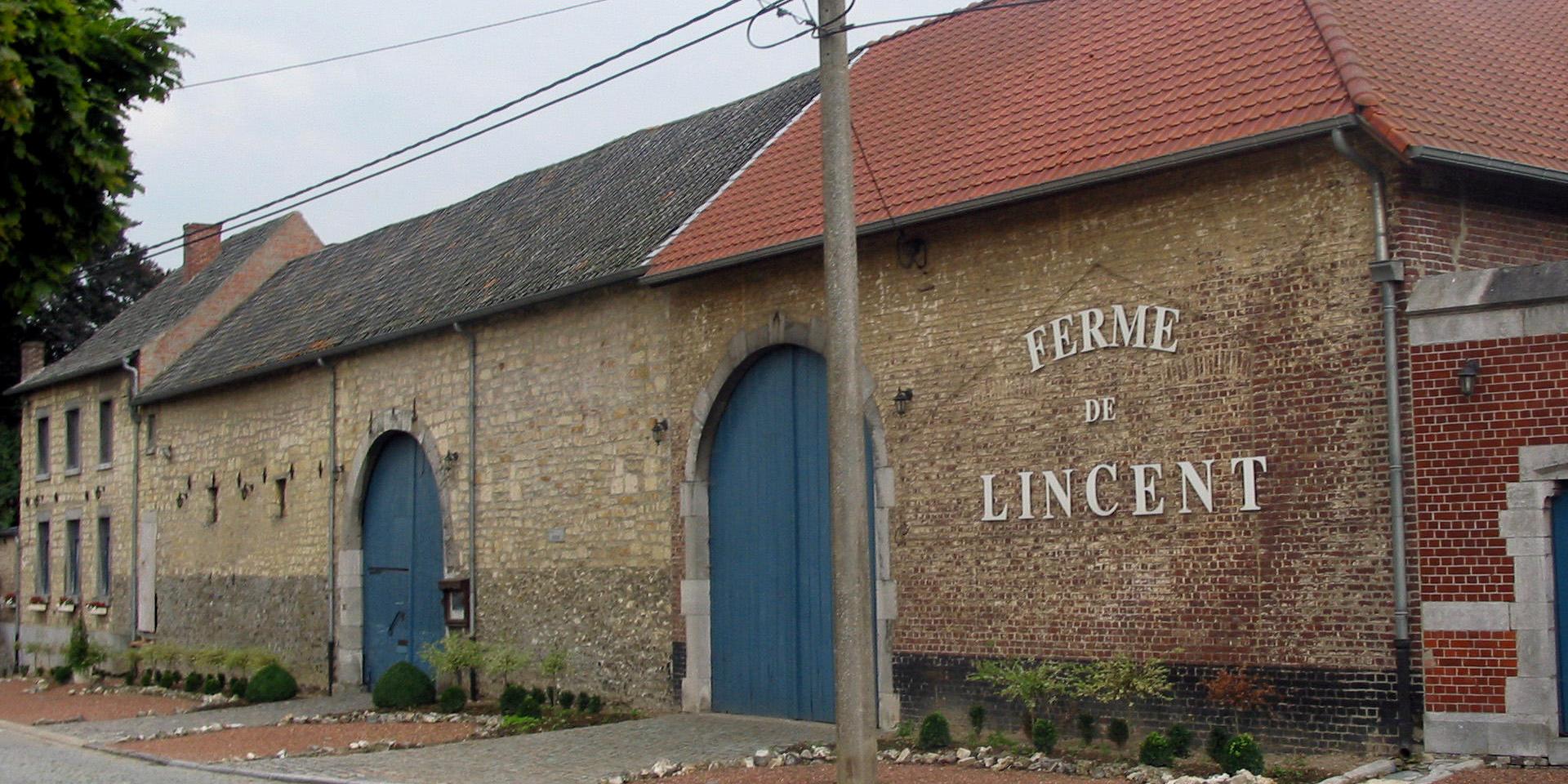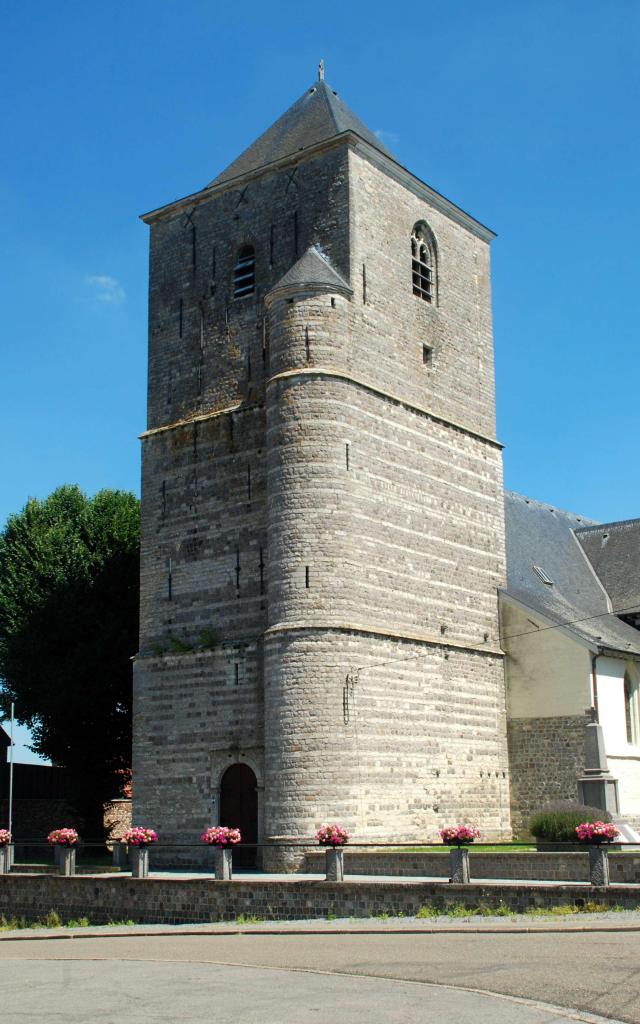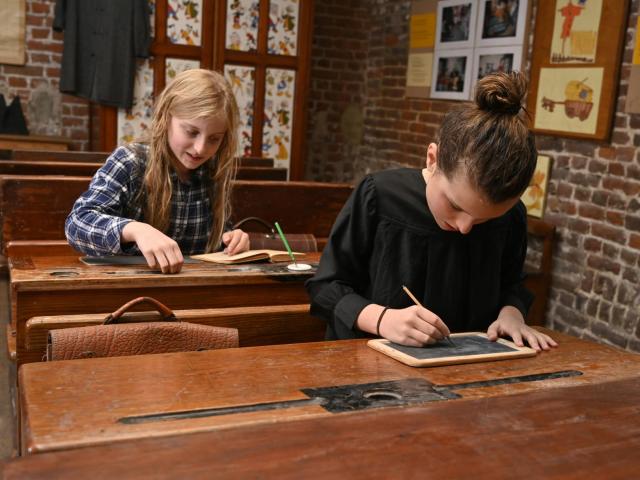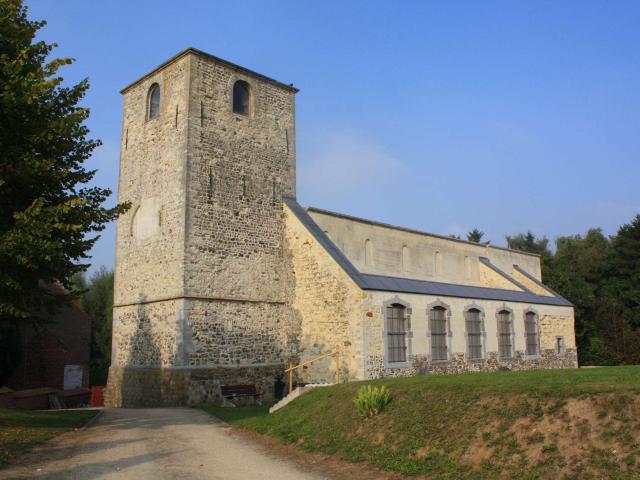The must-sees
Heritage, unusual, sporty, fun: if you had to do just one activity in this locality, you’ll find it in these suggestions.
 Fermelincent
FermelincentHeritage, unusual, sporty, fun: if you had to do just one activity in this locality, you’ll find it in these suggestions.
In addition to farmers, Lincent was also home to bread oven builders, known throughout the region as “forguinis” (oven makers), a nickname that today characterizes the village’s inhabitants. The memory of these craftsmen is now commemorated by a statue made of wire, placed in the middle of the traffic circle at the exit of the Brussels-Liège freeway. These bread ovens were built using a stone called tuffeau, extracted from a quarry in the village. Tuffeau was used for the construction of various buildings, including the beautiful old Romanesque-Gothic church, whose ruins, which serve as the setting for shows and events, have been classified by Monuments et Sites since 1940.
Two castles have also found their place in the village, the neo-Gothic-inspired Château Michaux, topped by two square towers, which was built in 1904 to plans by architect Froment by local contractor Théophile Henrioulle, and the more modern Château Ulens, located on route de Huy.
The neo-classical town hall, dating from the 1870s, is a youthful work by architect Poelaert, the well-known designer of the Palais de Justice in Brussels.
Many of the houses built in tufa stone over the last few centuries are still clearly visible today, and often beautifully restored. Li Pireye di Licint” is one of the village’s finest beers. Named after the site of the tuffeau quarry, it has a pleasant taste.
 Belgique Eglise Saint Christophe De Racour C Emdee
Belgique Eglise Saint Christophe De Racour C Emdee Thierry Botten (1)
Thierry Botten (1) Eglisesaint Pierrelincent C Johanbakker
Eglisesaint Pierrelincent C JohanbakkerLooking for accommodation, wanting to discover the expertise of our chefs,
looking for your next outing, needing to get some fresh air…
we’ve selected the essentials of the commune for you.